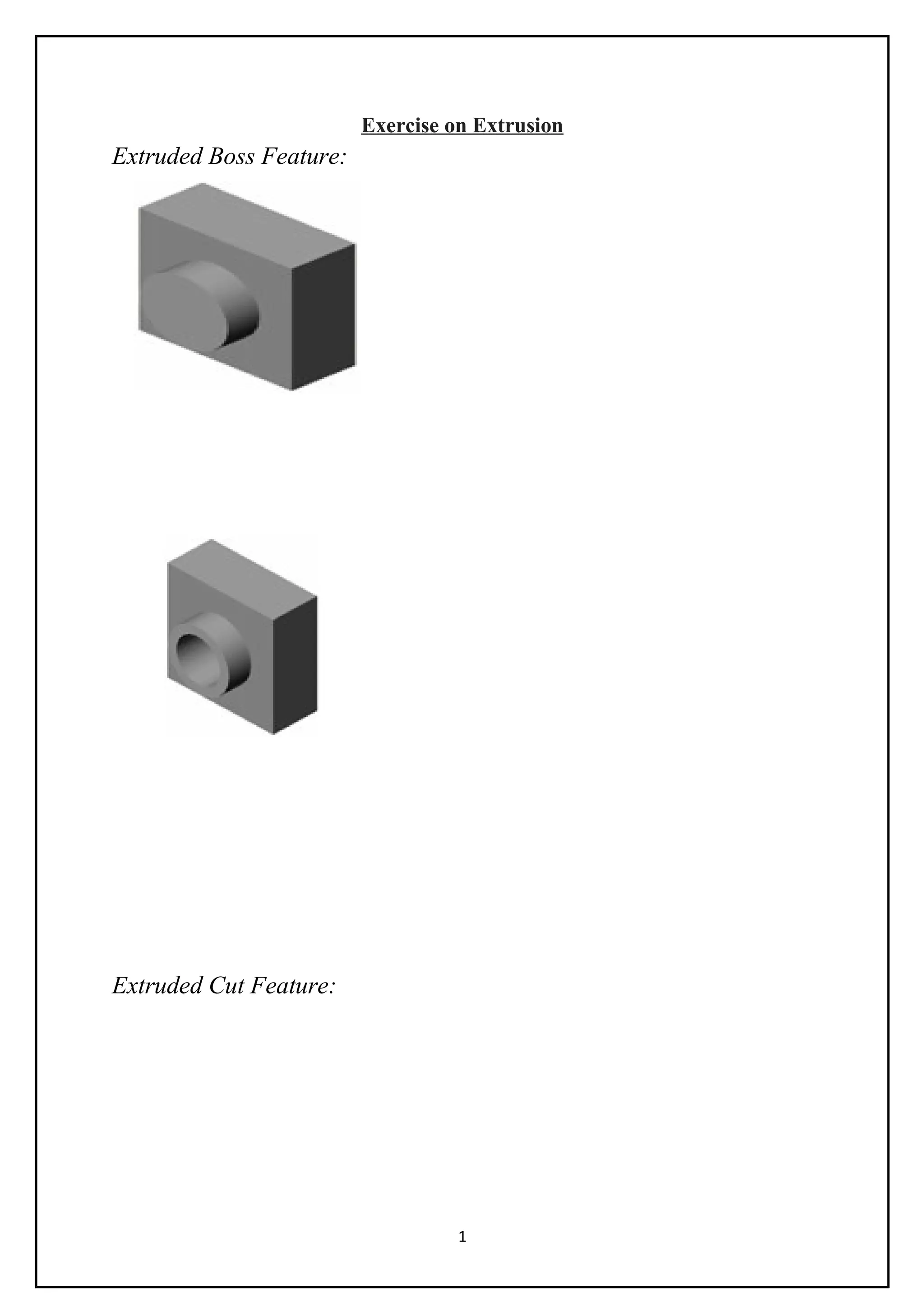The document provides instructions for modeling various mechanical parts and assemblies using Creo Parametric. It includes descriptions of extrusion, revolve, rib, shell, and assembly features. The objectives are to model parts like a flange coupling and plummer block, assemble them, and create drawings with bills of materials. Steps provided include sketching profiles, adding dimensions, extruding, revolving, assembling components, and generating orthographic views and a BOM table. The document aims to teach modeling, assembly, and drawing creation skills in Creo Parametric.


































































































































